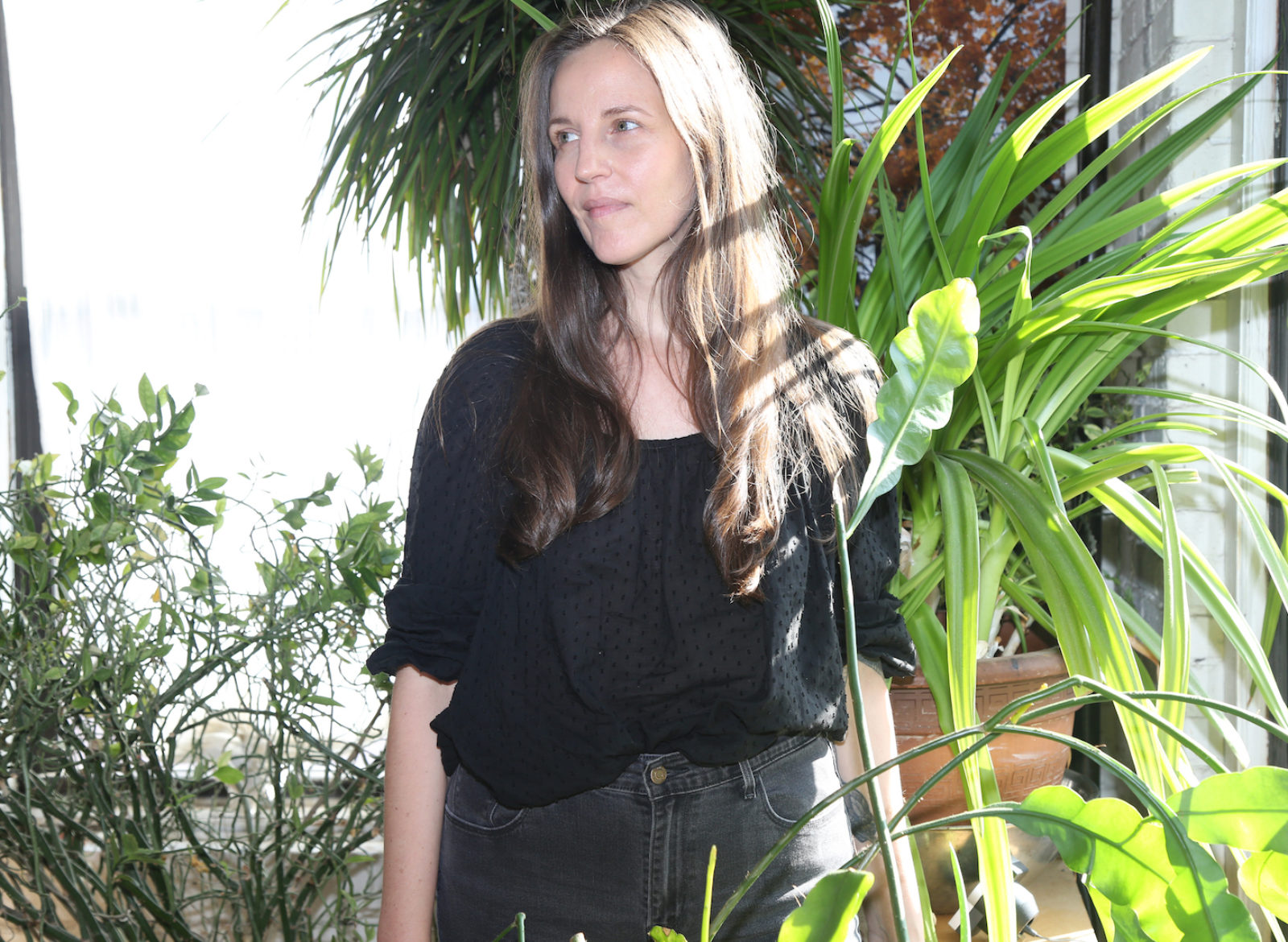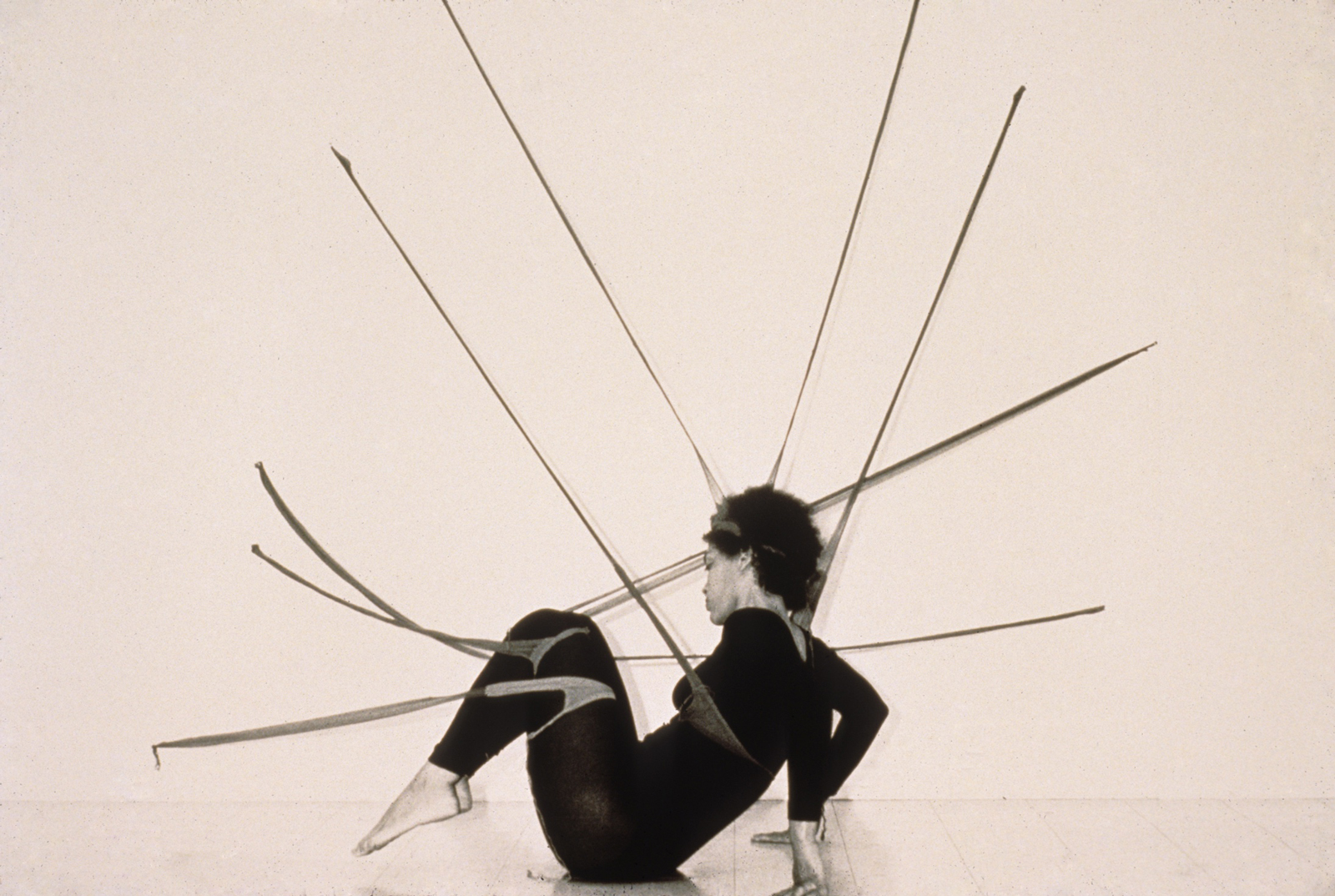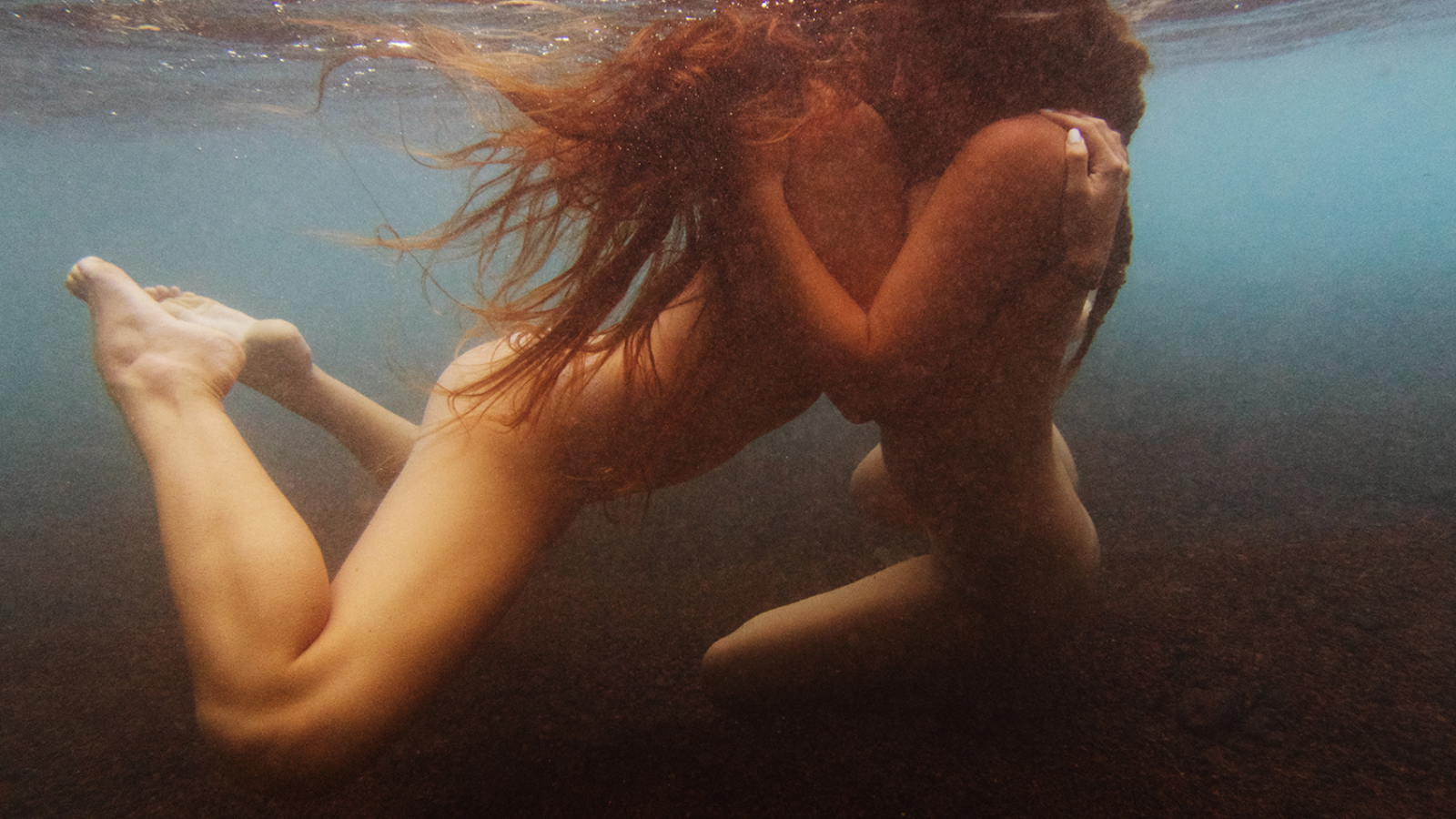Text: Karisa Senavitis
Photo: Olimpia Dior
What would you see if you were tripping during Catholic mass? Joanne Leah stages brightly colored photos from the recesses of the psyche. Bodies are explored as material entangled with others: paper, candles, bubble gum, glitter, gold foil, and rope. Driven by her own experiences posting photos online, Leah is also active in Artists Against Social Media Censorship. A Brooklyn-based photographer whose recent solo, ACID MASS, just closed in Queens, Leah’s work is on view at the Museum of Sex’s group show “NSFW: Female Gaze” which closes April 15, 2018. Over email, we talked about being in a body and on the internet.
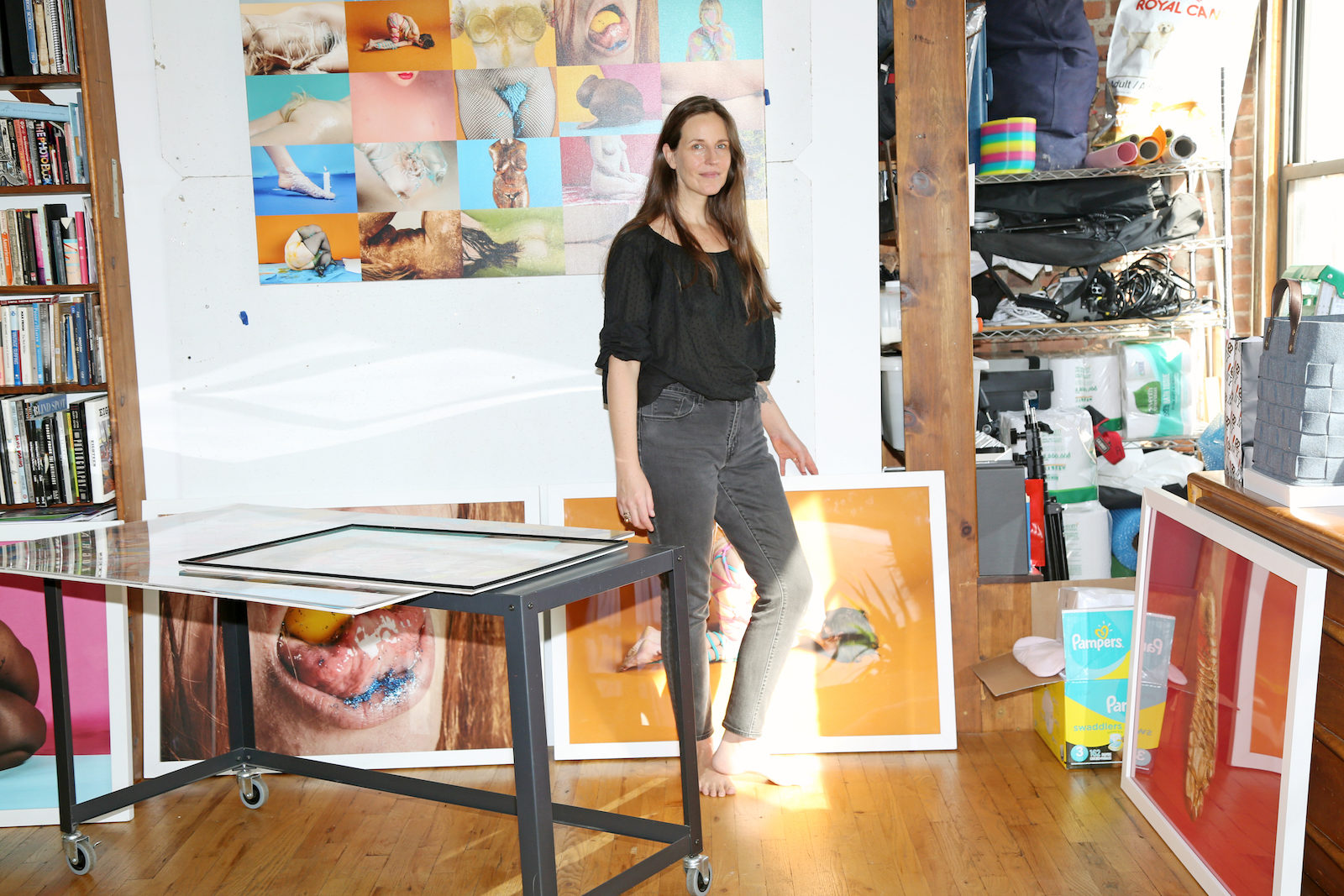
On your website, you describe your recent photos as “inhabiting bodies while trying to escape them.” The object-ness of bodies is something you seem to handle with pleasure and humor. How do you experience having a body?
I have always felt awkward and clumsy in my body. In third grade, I had an intense growth spurt and was suddenly the tallest in my class. Throughout the rest of my childhood and adolescence, I struggled with some level of body dysmorphia and often fantasized about being someone else. I would repeatedly check out the book from the school library, Stranger with My Face by Lois Duncan, about twin girls and astral projection. I started to “practice” leaving my body as I fell asleep at night. As a teenager, I experimented with psychedelic drugs. I was able to alter my sensory perception, creating experiences that continue to influence me as an adult. In my work, I try to create a transcendent memory through a sense of confinement and meditation, using composition, color, physical positioning and the tactile quality of the materials used.
I see your still photos as recording an ephemeral moment, evidence of a gesture… and now you’re beginning to animate and layer the images. Can you talk about the direction you’re taking and where you see your ideas going?
The images are starting to take on a life of their own. I like to imagine they live on their own esoteric plane of existence. While I was pregnant, I thought about the visual experience of the images having sex and conceiving. I am in an investigation phase, creating layered animations and also building abstract collages using old test prints. I’m also experimenting with holographic video. My dream is to direct a performance piece in a sex hotel.
Can you describe a performance piece you’ve done?
I’ve directed a live performance only once. A nude woman stretched out on a table with two stands on either side and a crossbar above her. I attached clamps to the crossbar holding white candles. The candles melted wax on different parts of her body. The performance lasted about two hours.
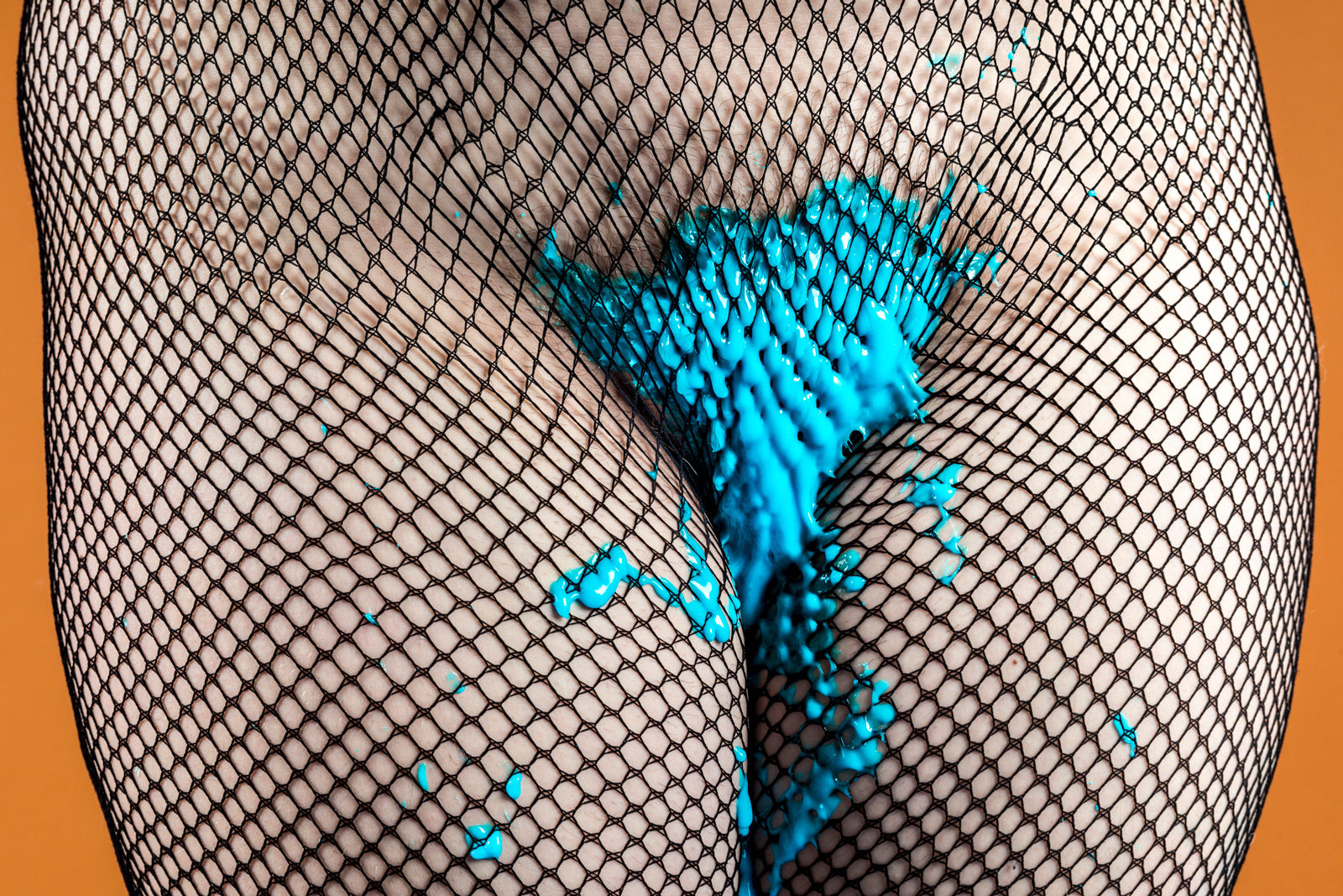
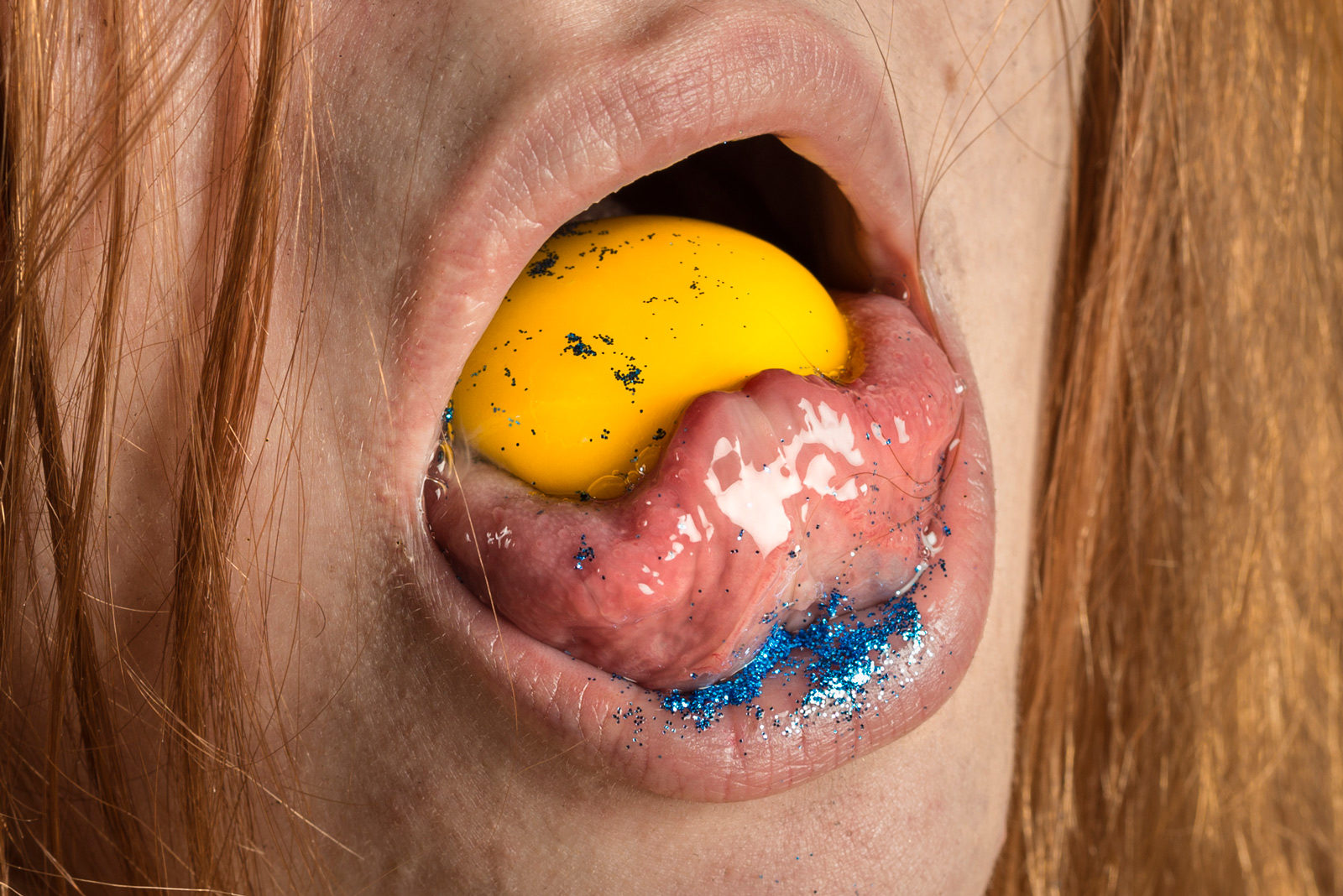
I want to create a completely safe and trusting place, both physically and digitally, for us to experiment.
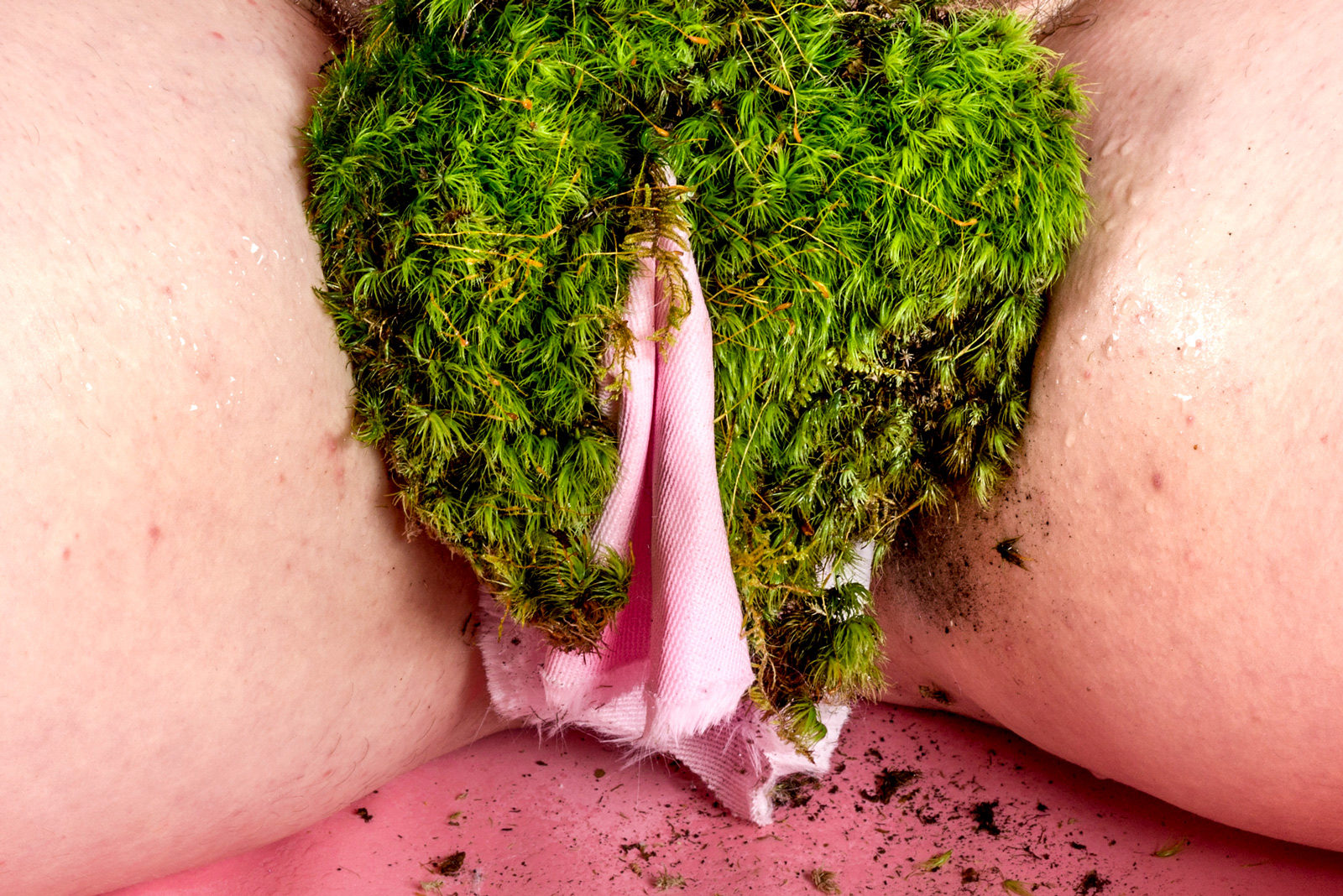
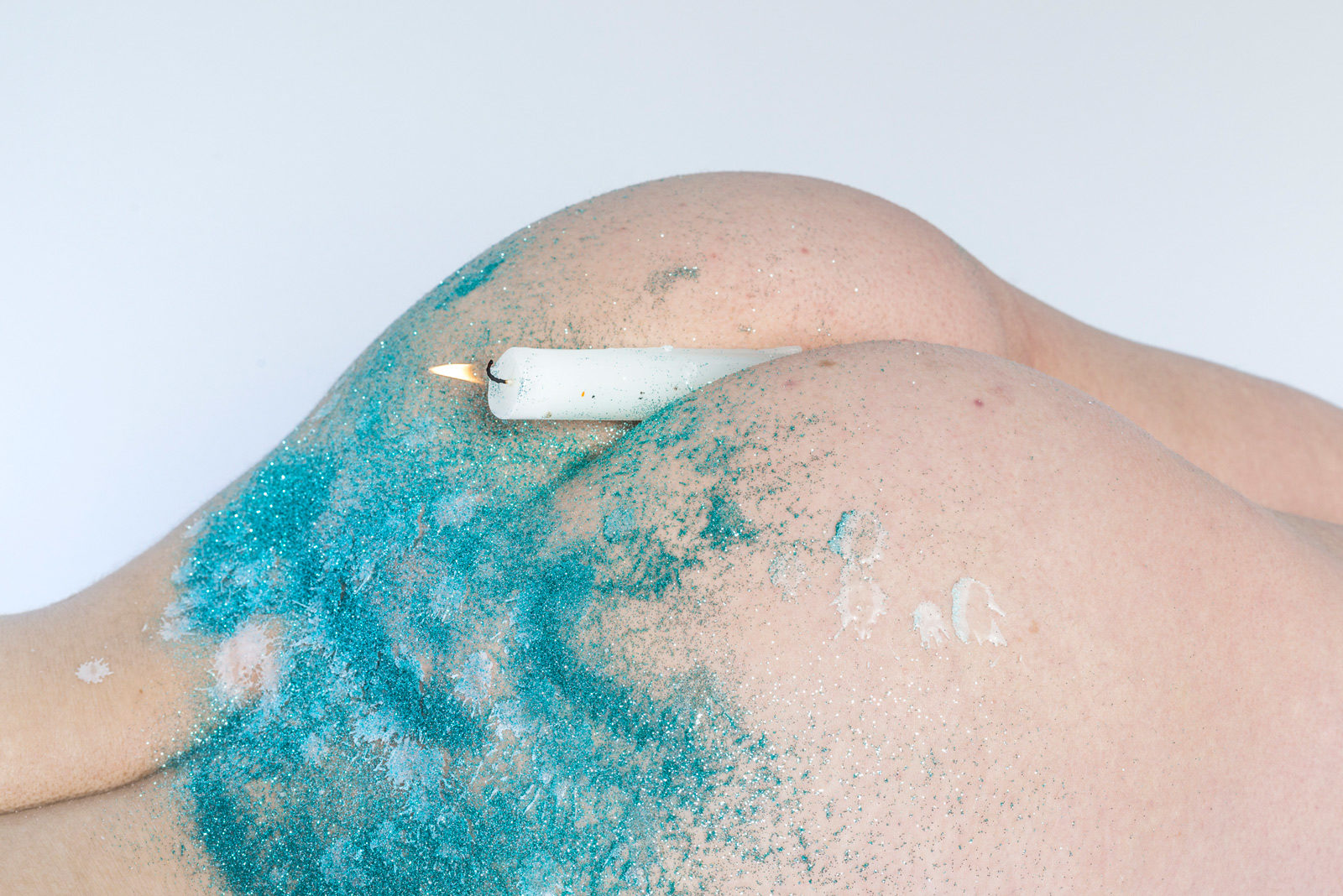
What artists/writers/musicians are touchstones for you?
– Alejandro Jodorowsky’s film, Holy Mountain
– Hans Bellmer, Max Ernst, Marilyn Minter
– Currently reading Carl Jung’s, Man and His Symbols and a book about Gestalt Psychology
– Always been intrigued by Genesis P-Orridge.
I’ve been listening to a lot of abstract minimal music: Oren Ambarchi, Sunn O))) and Coil’s Time Machines album
I’ve recently been writing about queer internet studies. Authors of digital content are concerned about having control over the access and privacy of their material – even wanting the ability to destroy their content. People want to make sure their information isn’t stolen or outing someone or being used in ways the author would find objectionable. And you’re coming at the same issue from another place where authors’ works are being eliminated without their permission. Is that right? Could you describe the anti-censorship website you started?
Sharing artwork or content online means giving up a certain amount of control. Nothing is truly deleted forever and is most likely archived somewhere into a virtual abyss. And for what purpose? Whether we like it or not, a platform like Instagram has become a powerful tool for artists, writers, freelancers, galleries, publications, and businesses. To have work removed without explanation, transparency or accountability is a serious violation. In response to this, I created an anti-censorship website, specifically regarding censorship on social media platforms, as a place to gather work and stories from artists who have been targeted. Anyone can submit as long as they have examples of work and an accompanying narrative: artistsagainstcensorship.com
Do you have any personal experiences with censorship you’d want to share?
Nudity and sexuality have been themes in my work for many years, so censorship has become a fundamental part of my practice. I consider using objects and body parts as conceptual and compositional censorship. Images have been removed countless times online, across many different platforms. Instagram removed my previous account, even though I was following their guidelines. I used Tumblr until a few years ago and almost all of my animations were removed because they were considered pornographic.
Faces of your subjects are mostly obscured. How does the anonymity of the figures relate to issues of privacy and censorship?
Obscuring faces definitely makes it easier to keep my subjects’ identities private. This allows me to work with any person who is interested in what I do, without worrying about family, friends, and co-workers recognizing them. I think of it as anti-facial recognition. I want to create a completely safe and trusting place, both physically and digitally, for us to experiment. Conceptually I prefer to focus on bodies. Faces are very expressive, distinctive and closely linked to the mind. I try to create a feeling of displacement by hiding them.
How does gender + censorship play a role in your work?
I never thought about this before. I think through my playful nudity, and subconsciously censoring mostly female body parts, I am dealing with my own feminine sexual identity. I was a tomboy growing up and raised Catholic, sexuality was not discussed or encouraged at home. Having a baby has made me realize that I was never given the mental tools to have a healthy relationship with femininity and sex. I had to experience many negative relationships to finally learn how to reclaim my sexuality as a woman. This body of work is part of an important journey for me.
I loved the caption for one of your Instagram posts: “trying to confuse the algorithm.” Making art to be read/not read by AI is fascinating to me. Do you think about how inhuman audiences influence the views of human audiences? How can you confuse algorithms?
Algorithms have tremendous power over the information that influences us. Data is optimized and automated as if we have no choice. Works of art are continuously being flagged and removed by AI pattern recognition. I try to confuse the AI by creating a composition that might be unrecognizable to its programmings, like abstractly framing an image of a butt crack or pubic hair. I’ve gotten away with a few images slipping through the AI’s detection.
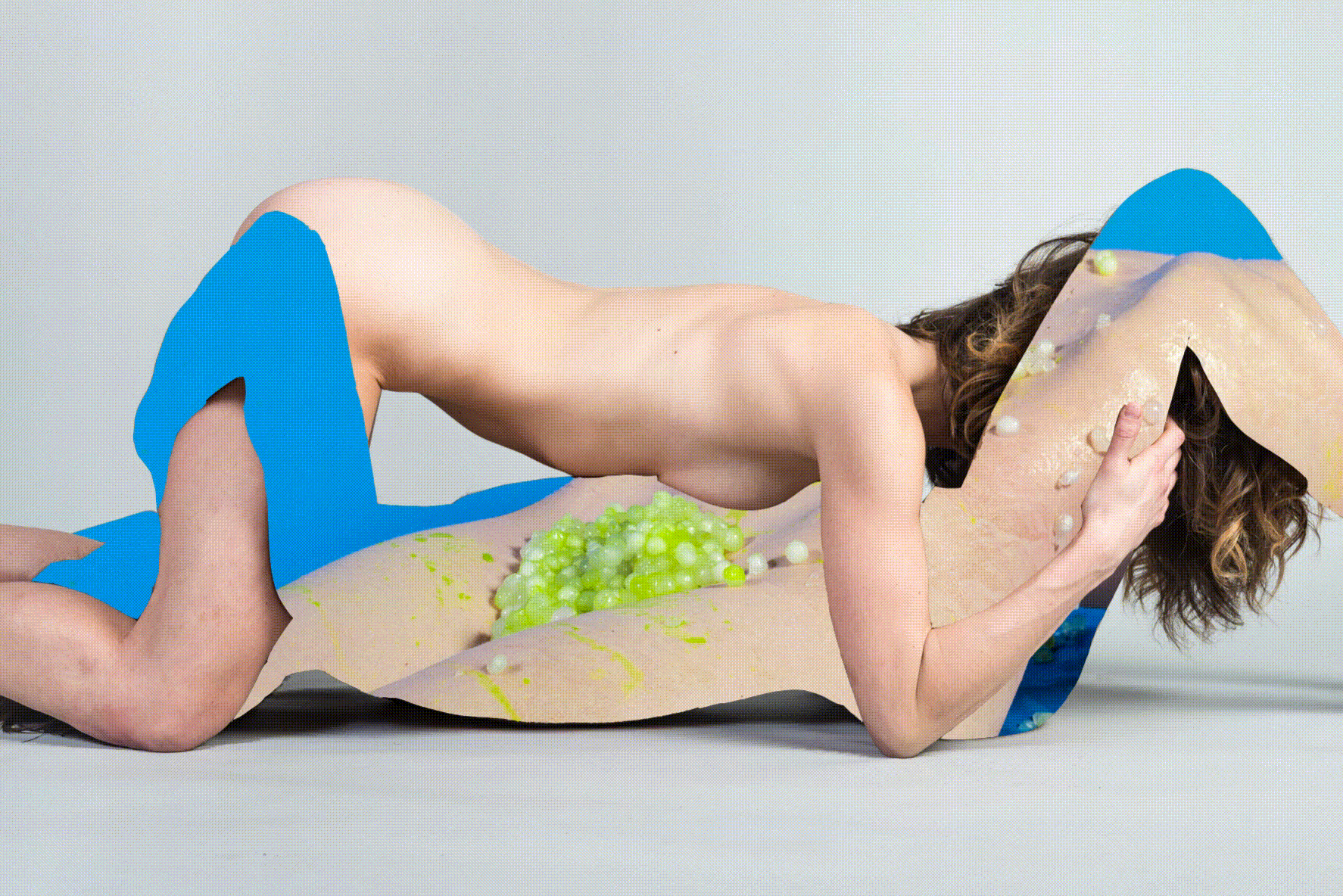
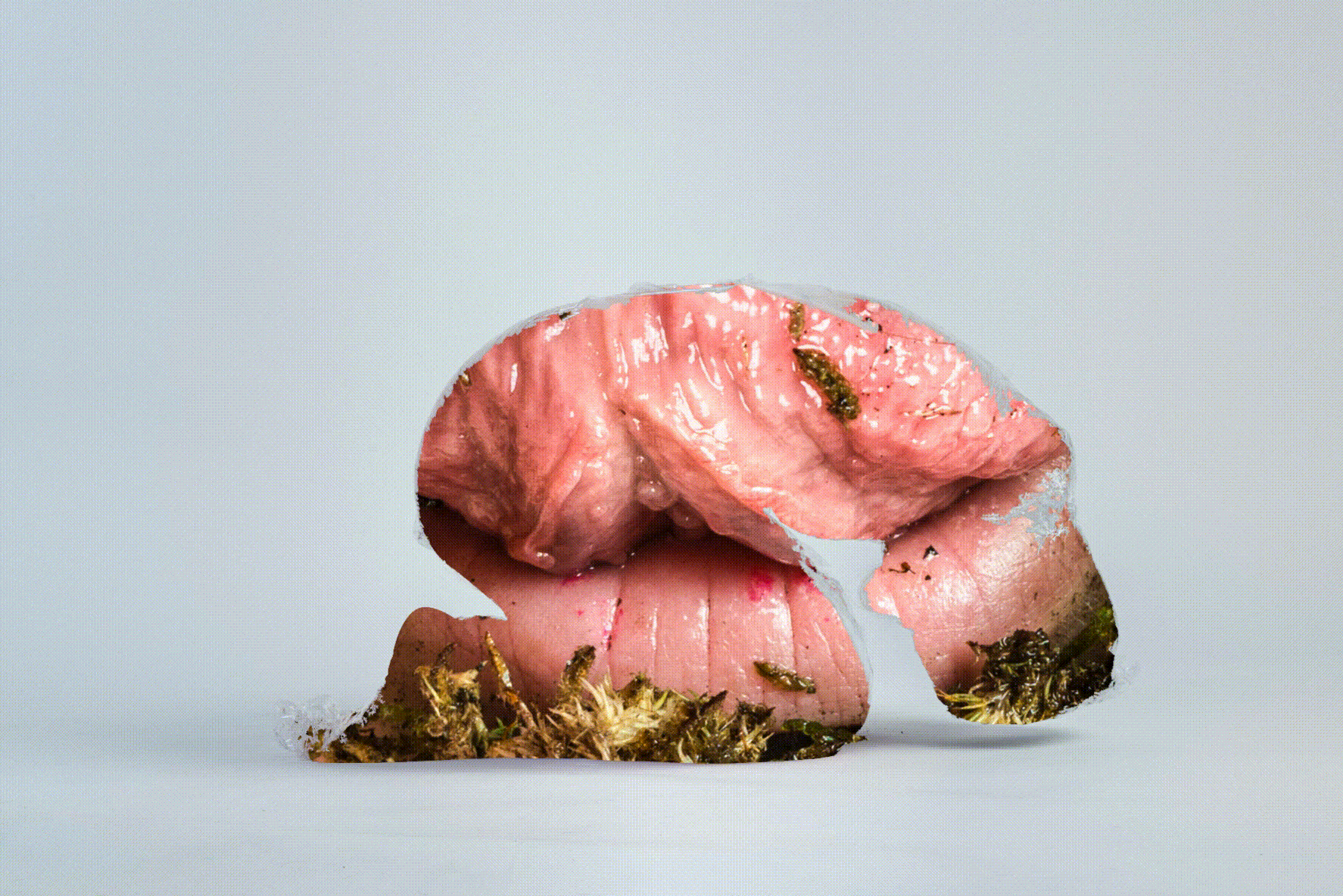
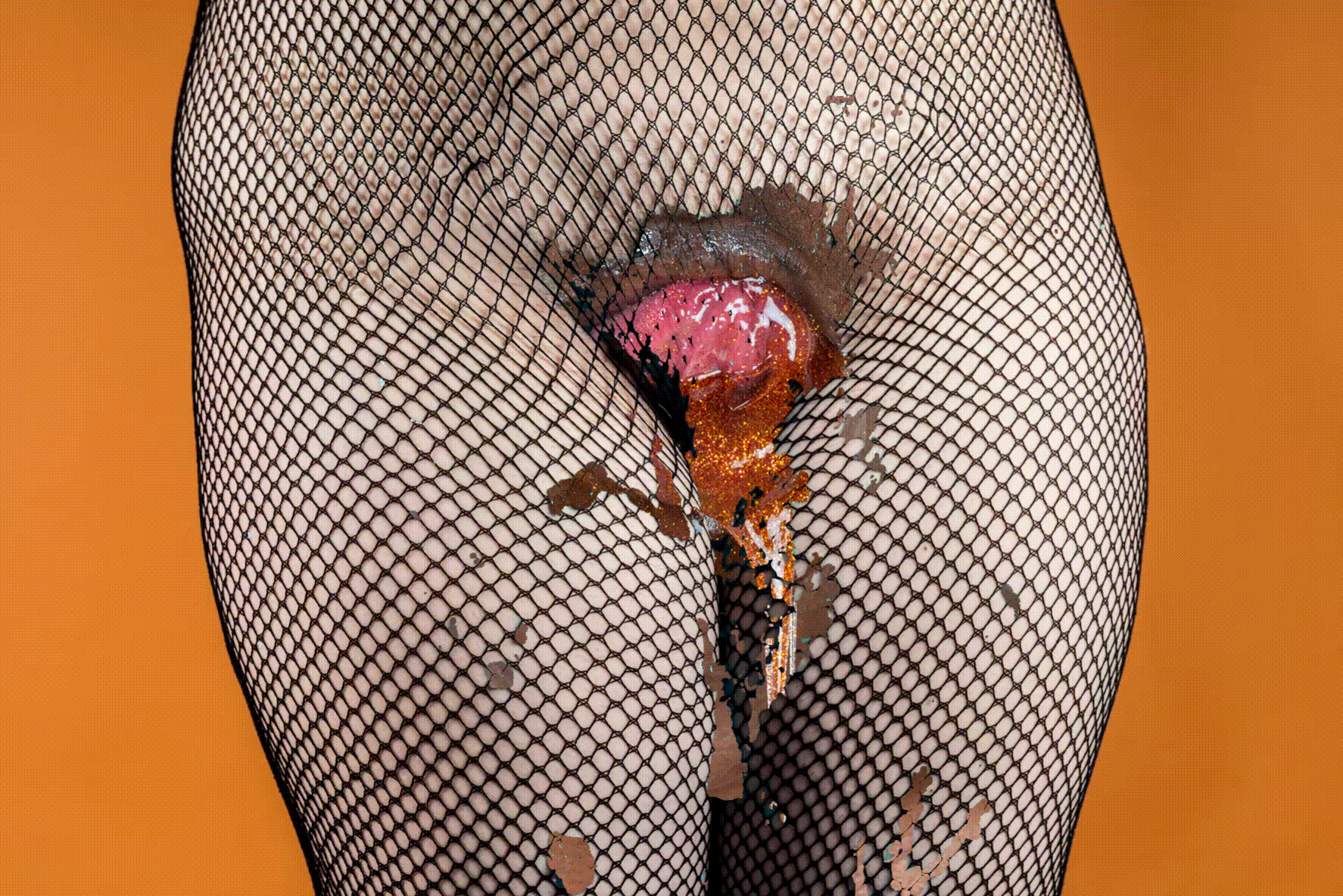
Do you protect the anonymity of your models? Is it important that they are unknowable?
Some of my subjects prefer to remain completely anonymous and I am very careful to respect their wishes. When I started this body of work, knowability didn’t matter, but as it evolves, it is becoming more important for the subjects to be completely unknowable.
If so – without revealing anyone – could you describe an emotional shoot or any time the shoot went awry/amazing?
Almost always my shoots are successful and I work with people repeatedly. Many of my subjects have described our sessions as therapeutic. In very rare cases I work with someone and feel disappointed. I’ve only had one negative experience when the subject was not focused on our session. She was more interested in taking selfies with her phone and trying to make sexy faces, completely ignoring my direction. I felt very frustrated and ended our session early.
Congratulations on your baby! I was wondering if you have any position on how to share or not to share pictures of your baby on social media. I’ve noticed some parents start Instagram accounts for their infants while others make an effort to never reveal the face/full image of their child. Any thoughts/comments?
I’m not someone who usually shares personal information online, but I have shared a few photos of my newborn on social media. I have no plans to create a baby Instagram account but I understand why parents do! It’s a great way to document their development. I’m trying not to make myself crazy about the facial recognition and data mining but I think it’s healthy to keep a smaller digital footprint.
